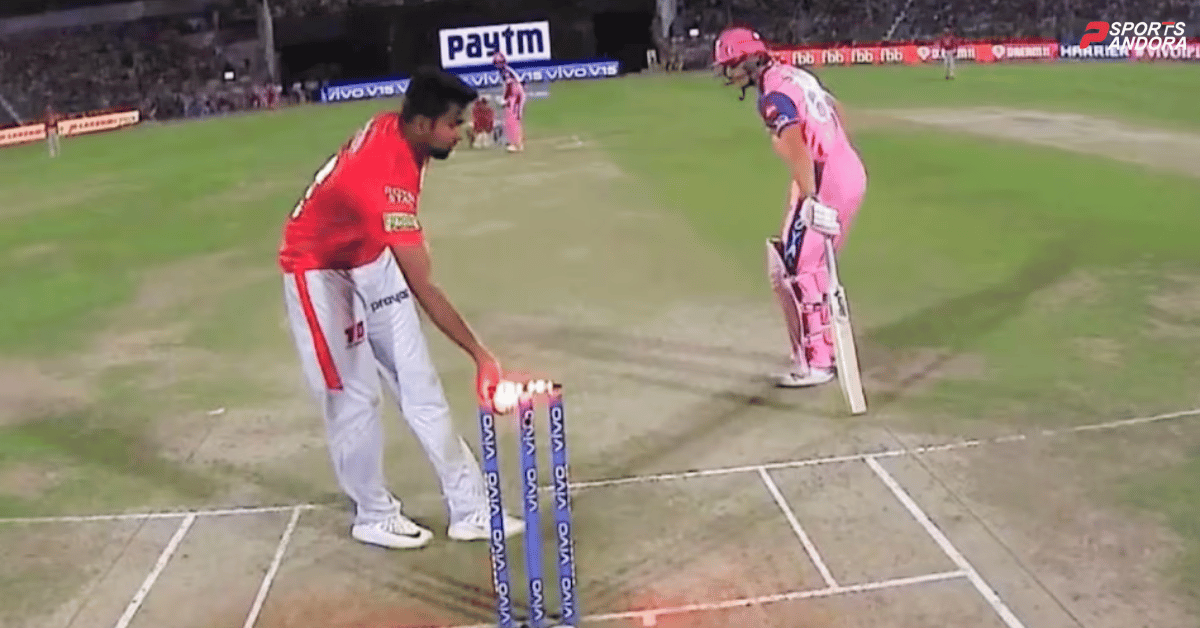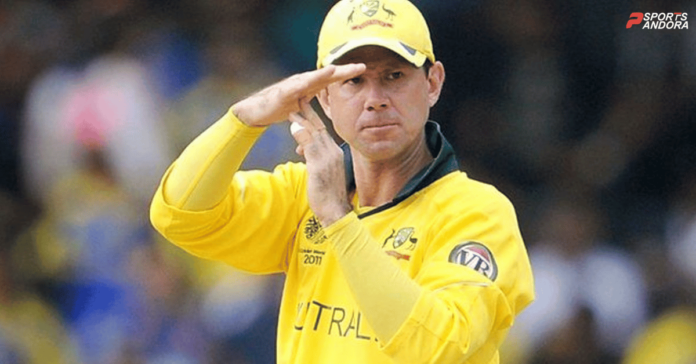One Day Cricket, a thrilling and fast-paced format of the beloved sport, has captivated millions of fans worldwide. To truly appreciate the game, it is essential to grasp the rules that govern it. In this article, we will delve into the key regulations of One Day Cricket, shedding light on its dynamics and making the sport more accessible to both novices and seasoned fans.
Rules play a crucial role in One Day cricket, facilitating a fair and exhilarating contest. Firstly, rules establish a framework that ensures a level playing field for both teams. Moreover, they provide structure and clarity, guiding the flow of the game. Additionally, rules govern key aspects such as powerplays, fielding restrictions, and run-out decisions, enhancing the strategic dimension of the sport. Furthermore, rules promote player safety by setting boundaries and regulating bowling actions. Ultimately, rules in One Day cricket uphold the integrity of the game and contribute to the electrifying spectacles that captivate fans worldwide.
Rules in One Day Cricket
- Toss and Team Composition: At the start of the match, a coin toss determines which team gets to choose between batting or fielding first. Once the decision is made, each team consists of eleven players, including a designated captain.
- Overs and Innings: One Day Cricket comprises two innings, each lasting a predetermined number of overs. Each over consists of six deliveries, providing the batting team an opportunity to score runs while the fielding team aims to take wickets.
- Powerplay: In the initial phase of an innings, the batting team enjoys a powerplay, wherein fielding restrictions are imposed. During the first ten overs, only two fielders are allowed outside the inner circle, fostering aggressive stroke play and high-scoring opportunities.

- No-Ball and Wide: Bowlers must ensure that their deliveries are legitimate. A no-ball is declared if the bowler oversteps the popping crease, delivering an illegal delivery. Similarly, a wide is signaled when the ball is bowled too far from the batsman’s reach.
- Leg Before Wicket (LBW): LBW is a crucial rule that determines whether a batsman is out or not. If the ball strikes the batsman’s leg before hitting the stumps, and the umpire deems the ball would have gone on to hit the stumps, the batsman is declared out.
Other set of Rules
- Fielding Regulations: The fielding team must abide by specific rules to maintain fairness. For example, no more than five fielders are permitted to be placed on the leg side at any given time, preventing a lopsided advantage for the batting side.
- Run Outs and Stumpings: To dismiss a batsman, the fielding team can execute a run out or a stumping. In a run out, a fielder dislodges the bails before the batsman reaches the crease. A stumping occurs when the wicketkeeper removes the bails while the batsman is outside the crease.
- Free Hits: If a bowler delivers a no-ball by overstepping the crease, the subsequent delivery is a free hit. During a free hit, the batsman cannot be dismissed through normal means, except in the case of a run-out.

- Umpire Decision Review System (DRS): The DRS allows teams to challenge the on-field umpire’s decision. Each team receives a limited number of reviews per innings to challenge decisions concerning dismissals and other contentious issues.
- Duckworth-Lewis-Stern (DLS) Method: In case of rain or adverse weather conditions, the DLS method is employed to adjust the target score for the chasing team. It ensures fairness by accounting for the number of overs lost due to interruptions.
READ MORE: Unveiling the Unyielding: Rules in Test Cricket
Understanding the rules of One Day Cricket is fundamental to appreciating the thrilling and dynamic nature of the game. From powerplays to run outs, LBWs to DRS, these regulations shape the sport’s intensity and strategy. By familiarizing yourself with these rules, you can engage in discussions, relish the sport’s nuances, and savor every breathtaking moment of One Day Cricket.


